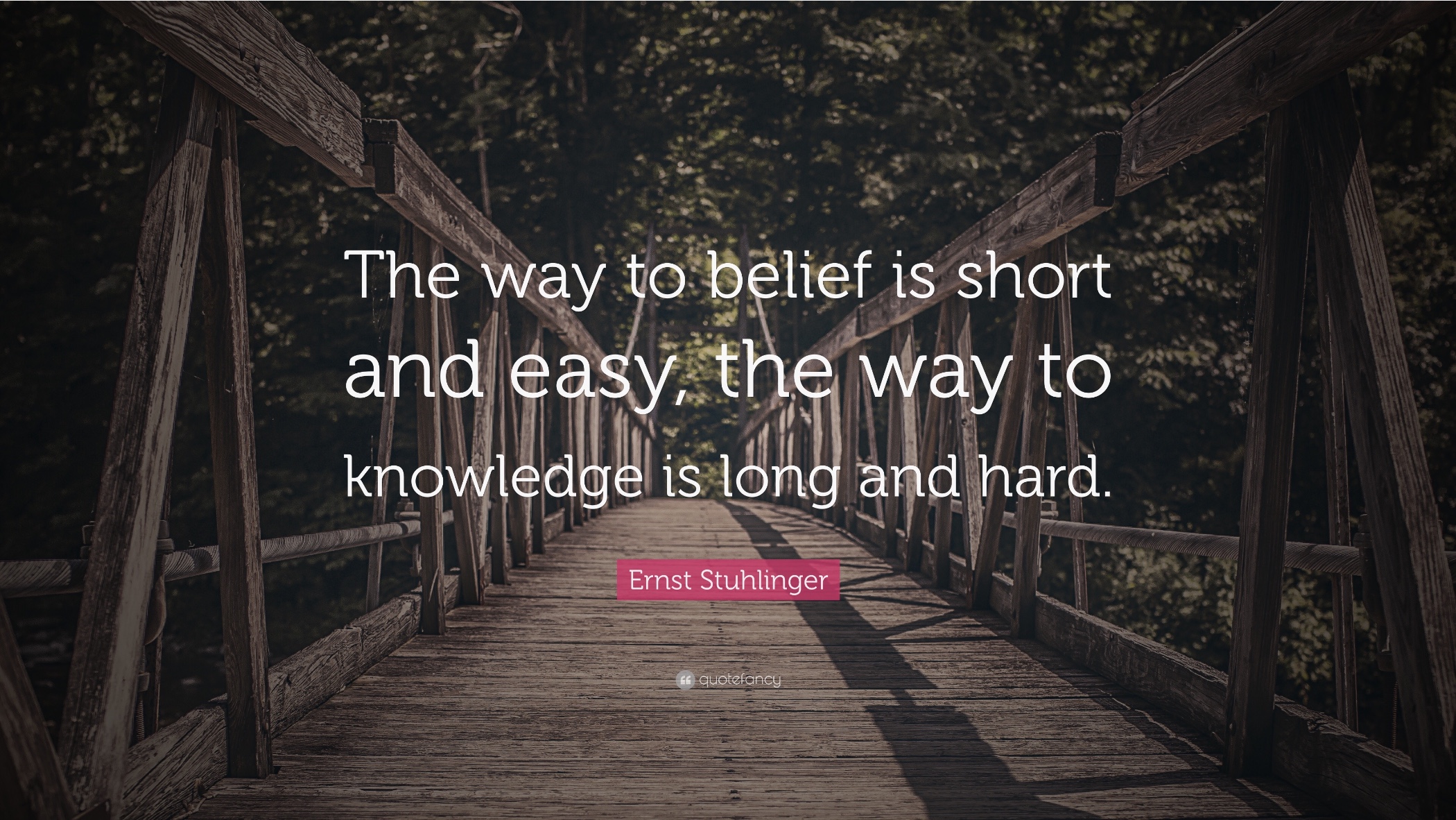I have a confession: I’m a late bloomer. I tend to figure things out after everyone else around me has. I don’t know if it has anything to do with ADHD (which I didn’t discover until my 40s), but I’ve come to terms with the fact that I need a little more time for things to marinate in my brain. When you mix this with the natural overconfidence of a 20-something, it can lead to disaster, especially when it comes to relationships and marriage. Maybe some of you can relate.
Consider Your Sources
I was married for 15 years before my divorce. Everything I knew about relationships came from two places:
1. The people in my life—parents, friends, coworkers.
2. My religion (which I’m no longer part of).
Number two greatly influenced number one. Most of my family is Mormon, and most of my friends were Mormon. In a sense, both sources of knowledge were really the same. You grow up going to church, you serve a two-year mission at 19, then you find your future Mormon wife and marry in the temple. Cue angels singing, families forever, everyone’s happy. I thought I had it figured out.
But my sources were limited. When it came to relationships, I was living in a bubble. Divorce was a foreign concept. My family didn’t talk about it, and I had never been exposed to it. In my world, people got married and stayed married. My parents and both sets of grandparents lived this way. Divorce was something that happened to people outside my bubble.
Question Your Beliefs
There is only one cause of unhappiness: the false beliefs you have in your head, beliefs so widespread, so commonly held, that it never occurs to you to question them. ― Anthony de Mello
Before I jump into how to start questioning, I want to point out just how hard it is. Often, you’re questioning beliefs that have been drummed into your brain since you could walk and talk. Your brain isn’t going to like it. In fact, it will fight you using something called cognitive dissonance.
The theory of cognitive dissonance proposes that people are averse to inconsistencies within their own minds. It offers one explanation for why people sometimes make an effort to adjust their thinking when their own thoughts, words, or behaviors seem to clash with each other.
Having gone through this process, I can tell you that cognitive dissonance is tough to overcome. Depending on the person and how deeply the belief runs, it can take years before you’re ready to truly consider alternatives. So where do you start?
The first step is becoming aware of your deeply held beliefs. This means going beyond the surface and being honest with yourself about what you’ve been taught versus how you actually feel. You have to learn to choose what you believe, rather than falling back on your default setting.
Ultimately, our ability to choose exists only in the present moment. When you notice the choice between clinging to an old, self-limiting story or responding to the reality unfolding right now, you can choose the present. With practice, your attention shifts more naturally toward the new story. The old narratives don’t vanish completely—they remain tucked away on the dustier shelves of the mind, harder to reach and far less likely to be pulled down.
Stay Curious
One interesting side effect of learning is realizing just how little you actually know. Theories shift and new ones emerge as our understanding of the human mind expands. This often makes us more cautious when offering advice, teaching a class, or even having a conversation with a close friend. That’s a good thing.
Be curious, not judgmental.
Couples who enter counselling or mediation with a mindset of learning and curiosity set themselves up for success. Curiosity breeds humility, and humility opens the mind to change. Be open to the possibility that you might be wrong, or that your perspective is just one among many.

